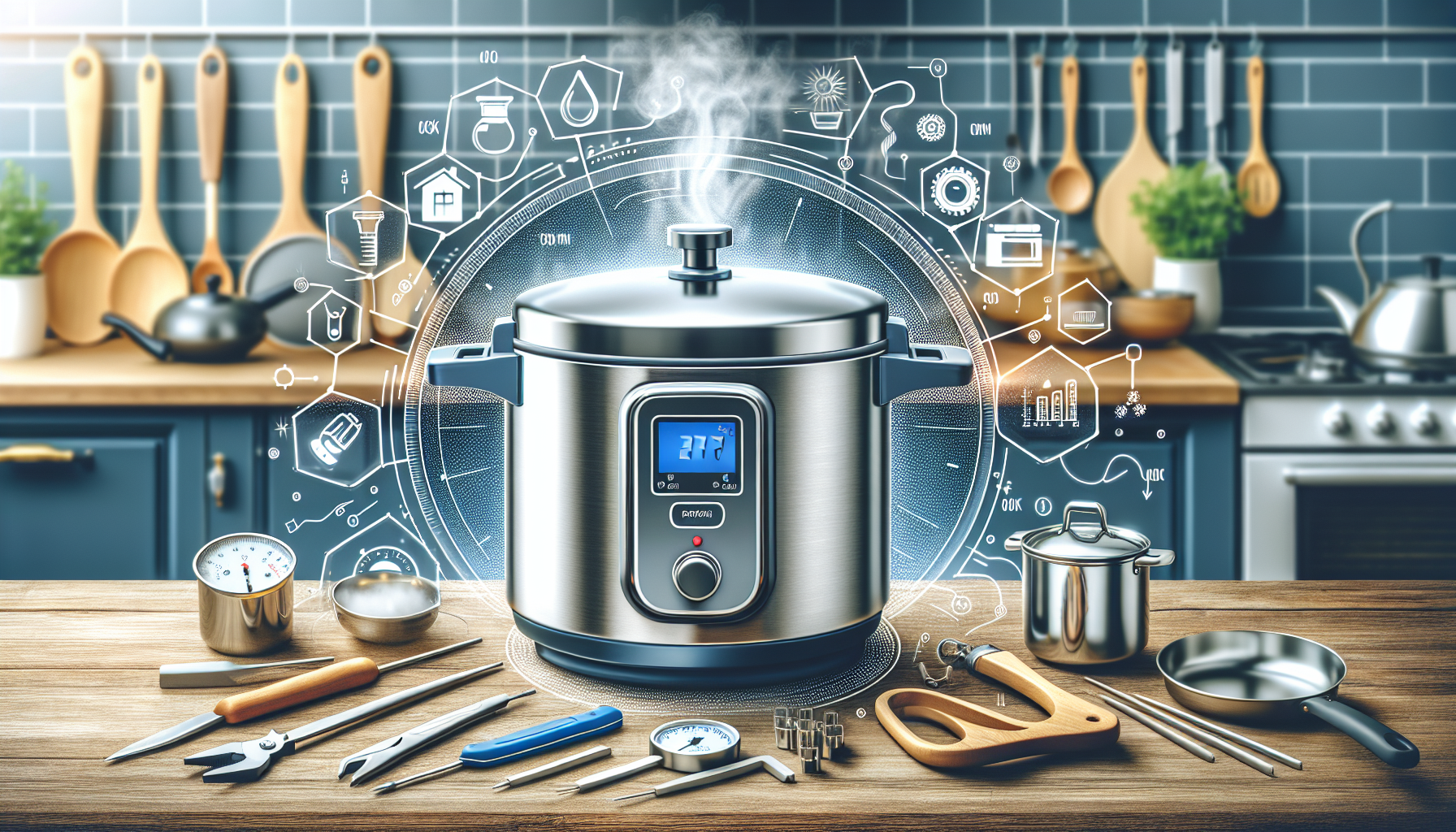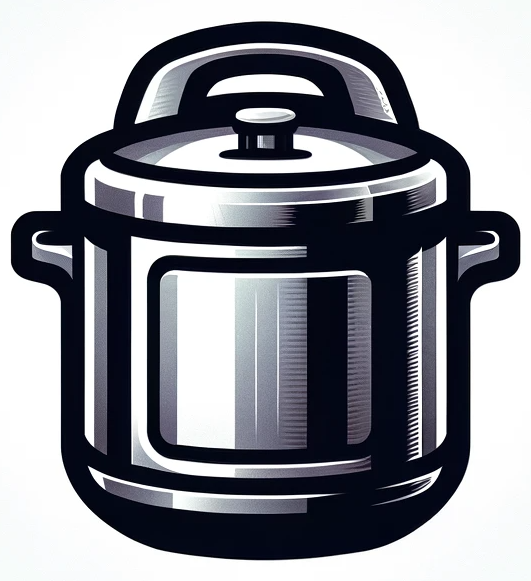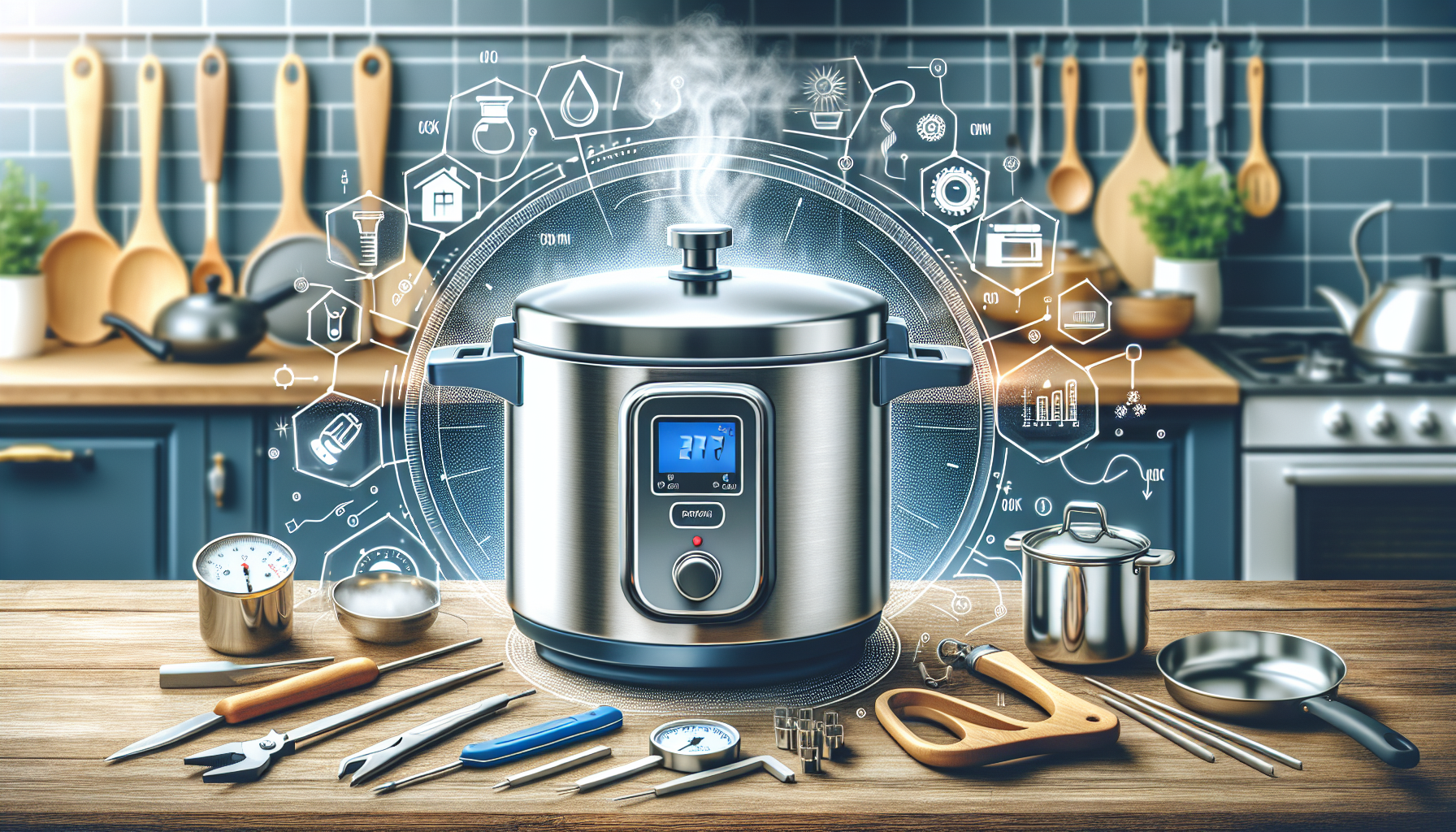Have you ever wondered if your pressure cooker is functioning properly? Testing your pressure cooker is a simple yet crucial step to ensure safety and proper cooking results. In this article, we will explore various methods to test your pressure cooker, offering you peace of mind and delicious meals every time you use it. So, let’s dive into the different ways you can test your pressure cooker and make sure it’s in perfect working condition.

CHECK OUT PRESSURE COOKERS ON AMAZON
Types of Pressure Cookers
There are two main types of pressure cookers: stovetop pressure cookers and electric pressure cookers. Stovetop pressure cookers are designed to be used on a stovetop burner and require manual monitoring and adjustment of the heat. Electric pressure cookers, on the other hand, are powered by electricity and have built-in controls for regulating the cooking process. Both types of pressure cookers offer the benefit of faster cooking times and increased flavor retention.
General Safety Guidelines
Before using your pressure cooker, it’s important to follow some general safety guidelines to ensure a safe cooking experience.
First and foremost, it is crucial to read the instruction manual provided by the manufacturer. The manual will provide specific information on how to operate the pressure cooker safely and efficiently.
Performing a visual inspection of the pressure cooker is also essential. Look for any signs of damage, such as dents or cracks, that could affect its performance or safety.
Check the seals of the pressure cooker to ensure they are intact and in good condition. Damaged seals can compromise the cooking process and potentially lead to accidents.
Proper venting is crucial in a pressure cooker. Before each use, check that the venting system is clear of any debris or blockages, ensuring a smooth release of pressure.
It is important to inspect the pressure release valve. This valve is responsible for regulating the pressure inside the cooker. Ensure it is clean and properly functioning.
Verify that the pressure indicator is working correctly. The pressure indicator will show the pressure level inside the cooker, allowing you to adjust the heat accordingly.
Check the pressure cooker’s handles to ensure they are secure and in good condition. The handles provide stability when handling the cooker, especially when it is hot.
Inspect the gasket, which is the rubber ring that forms a tight seal between the lid and the pot. Make sure it is clean and free from any cracks or tears.
Test the lid locking mechanism to ensure it is functioning properly. The lid should lock securely in place when the pressure cooker is in use.
Lastly, always make sure that the pressure cooker is clean before each use. Residue or food particles left inside the cooker can affect its performance and safety.
Water Test
Performing a water test is an important step in testing the functionality and safety of your pressure cooker.
To begin, fill the pressure cooker with water, following the manufacturer’s recommended maximum fill level.
Close and lock the lid securely.
Place the pressure cooker on the stovetop or plug in the electric pressure cooker, depending on the type you have.
Gradually increase the heat or select the appropriate setting on the electric pressure cooker to bring the water inside the cooker to a boil.
Monitor the pressure and safety features during the heating process. Pay attention to any signs of excessive pressure, such as loud noises, steam leaks, or the pressure indicator rising too quickly.
Once the pressure reaches its maximum level, allow the pressure to release naturally. This can be done by turning off the heat or selecting the appropriate setting on the electric pressure cooker.
Check for any leaks after the pressure has been released. If you notice any water or steam escaping from the pressure cooker, there may be a problem with the seals or other components.
Testing Cooking Functionality
After performing the water test, it’s time to test the cooking functionality of your pressure cooker with an actual recipe.
Select a recipe that is suitable for pressure cooking. Make sure to follow the recipe’s instructions and ingredient measurements precisely.
Prepare all the ingredients as instructed in the recipe.
Follow the cooking instructions provided in the recipe, adjusting the cooking time and pressure level according to the recipe’s recommendations.
Monitor the pressure build-up inside the cooker during the cooking process. The pressure indicator should rise steadily and remain within the recommended range.
Check for any signs of pressure release during the cooking process. Some recipes require a quick release of pressure, while others may require a natural release. Follow the recipe’s instructions accordingly.
Once the cooking time has elapsed, open the pressure cooker and check that the food is properly cooked. It should be tender and flavorful.
Testing Pressure Release Functionality
Proper pressure release is a crucial safety aspect of a pressure cooker. Testing the pressure release functionality will help ensure that your pressure cooker can release pressure quickly and efficiently.
Perform a quick pressure release by turning the pressure release valve to the “venting” position. This will release steam and pressure rapidly.
Additionally, perform a natural pressure release by simply turning off the heat or selecting the appropriate setting on the electric pressure cooker and allowing the pressure to release on its own over time.
Monitor the release time for both the quick release and natural release methods. The pressure should decrease steadily and completely within a reasonable time frame.
Check for any issues during the pressure release process, such as unusual noises, excessive steam, or difficulty turning the pressure release valve.
Checking for Uneven Pressure Distribution
Uneven pressure distribution can affect the cooking outcomes and overall performance of your pressure cooker. Conducting a test to check for uneven pressure distribution can help identify any potential issues.
Prepare the pressure cooker by filling it with equal amounts of water in each section or compartment.
Place a heat-safe trivet or steamer basket in the pressure cooker to create different cooking areas within the pot.
Divide the pressure cooker into sections, such as quadrants or halves, depending on the size and design of the cooker.
Monitor and record the cooking times for each section. The cooking times should be consistent across all sections, indicating even pressure distribution.
Compare the cooking results between the different sections. The food should be evenly cooked throughout, without any noticeable variations in texture or doneness.
Testing the Safety Features
Ensuring the safety features of your pressure cooker are in proper working order is crucial for a safe cooking experience.
Perform pressure release tests using both the quick release and natural release methods. Ensure that the pressure releases in a controlled manner and without any sudden bursts of steam.
Check that the pressure indicator is functioning properly by observing its movement during the cooking process. It should accurately reflect the pressure level inside the cooker.
Test the lid locking mechanism by securely locking the lid in place and checking that it cannot be easily opened while under pressure.
Inspect the pressure cooker handles to ensure they are secure and free from any defects or damage.
Verify the functionality of the pressure release valve by turning it to the “venting” position. The valve should release steam smoothly and without any obstructions.
Refer to the instruction manual to familiarize yourself with the specific safety features of your pressure cooker. Test each feature as instructed to confirm its proper operation.
Regular Maintenance and Care
Proper maintenance and care of your pressure cooker are essential for its longevity and continued performance.
Clean the pressure cooker thoroughly after each use, paying attention to the removable components such as the gasket and pressure release valve.
Inspect the gasket regularly and replace it if there are any signs of wear or damage. A properly functioning gasket is essential for maintaining a tight seal between the lid and the pot.
Check and clean the pressure release valve periodically to ensure it is free from any debris that could impede its functionality.
Keep the pressure cooker handles in good condition by avoiding excessive force or weight that could put stress on them.
Ensure the pressure indicator is functional by testing it before each use. It should move freely and accurately indicate the pressure level inside the cooker.
Store the pressure cooker properly in a cool, dry place, away from direct heat or sunlight. Avoid stacking heavy items on top of it to prevent damage.
CHECK OUT PRESSURE COOKERS ON AMAZON
Contacting Customer Support
If you encounter any issues or have questions about your pressure cooker, don’t hesitate to contact the manufacturer’s customer support.
Refer to the instruction manual for the most accurate and up-to-date contact information for customer support.
Provide detailed information about the issue you are experiencing, including any error messages, unusual behaviors, or specific circumstances surrounding the problem.
Follow the recommendations and assistance provided by the customer support team to troubleshoot the issue or seek further assistance if needed.
Conclusion
Testing your pressure cooker is an important step to ensure its functionality, safety, and optimal performance. By following the guidelines outlined in this article, you can confidently use your pressure cooker and enjoy delicious meals with peace of mind. Remember to always prioritize safety and regularly maintain your pressure cooker to extend its lifespan and cooking capabilities. Happy cooking!

